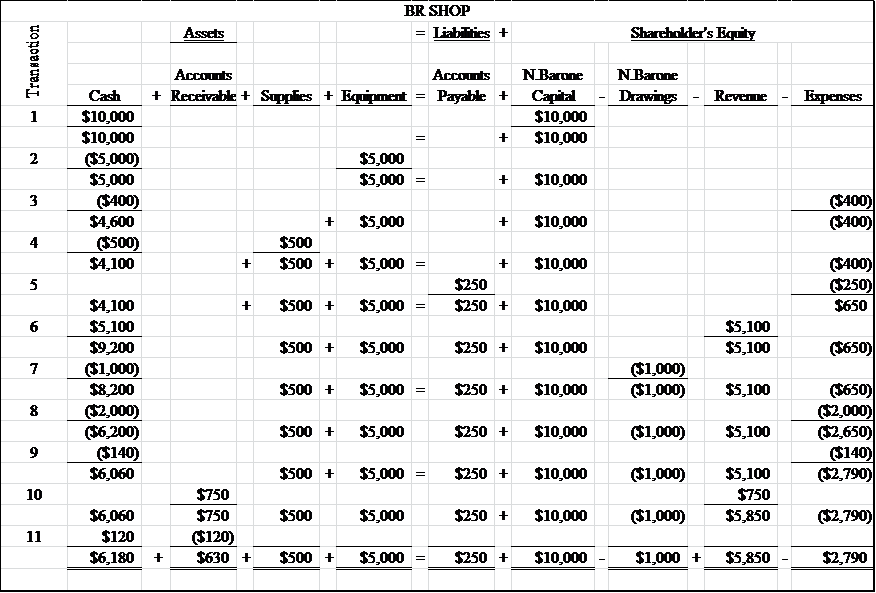


An automatic count of the length of each manuscript is made upon submission. The Physical Review journals require authors to abide by the length guidelines. Each journal’s length limits are indicated in the following table. Length limits vary among the Physical Review journals. Justification: A mandatory 100-word compelling justification for why your paper meets PRL’s criteria will be required at submission. Distinguish your results from those previously obtained. (Preprints and internal laboratory reports are not considered publications.) If the results reported in the manuscript correct, supplement, or supersede previous results, state this advance. General Content: Clearly state the relation of the submitted manuscript to previously published work, including papers, meeting abstracts, and conference proceedings. Physical Review editors ask authors to proofread papers prior to submission, to eliminate grammatical errors, misspellings, and omission of symbols. The size of the smallest capital letters and numerals should be at least 2 mm. Format figures and tables such that their content and details are readable when they are sized for the journal page. To enhance readability, display all but the simplest equations, rather than including them as inline text. Also, avoid the introduction of new terminology except when needed to convey a unique or nuanced meaning. If jargon and acronyms are necessary, please define them in the text. Physical Review editors recommend avoiding jargon and the excessive use of acronyms, even for commonly used terms. If your first language is not English, consider seeking help from a native English speaker when writing your manuscript.ĭirect the manuscript text at a general readership, so as to make it understandable to a broad spectrum of researchers. It is not possible for editors to undertake extensive corrections of manuscripts, due to time constraints and the risk that the authors’ meaning might be distorted. Readability and Accessibility: Take special care to ensure that manuscripts are well organized, clearly written in scientific English, and written in a style consistent with that of the Physical Review journals. For comprehensive guidelines, please consult the Physical Review Style and Notation Guide, Frequently used Memos, and other indicated guidelines, as well as recent issues of the specific journals.
Nyc energy code tabular analysis update#
To read the DOB’s testimony to NYC Council regarding the energy code update click here.To find information regarding our standard peer-review practices, please consult the Editorial Policies and Practices otherwise, the following guidelines provide an overview of content, technical, and style requirements for preparing manuscripts for submission to the Physical Review journals. The announcement on the NY State code page can be found here: The DOB’s Energy Code page highlights some of the changes: Applications submitted on or after the effective date were required to use to the new (2016) NYCECC. When the last energy code revision was implemented, applications with a complete energy analysis submitted before the effective date of the new energy code could use the prior energy code. This local law will also help NYC meet the goal of reducing greenhouse gas to 80% by 2050.Ĭurrently there are no guidelines published by the DOB about the cut off for applications which may continue to use the 2016 NYCECC. 2020 ECCCNYS is based on the 2018 edition of the International Energy Conversation Code and ASHRAE Standard 90.1-2016. The 2020 NYC Energy Conservation Code will go into effect the same day.Ī local law introduced to City Council on Decemwill bring the NYC Energy Conservation Code up to date with the 2020 Energy Conservation Construction Code of New York State (ECCCNYS). NY State recently announced that the 2020 State Energy Conservation Code will be effective on May 12, 2020.


 0 kommentar(er)
0 kommentar(er)
